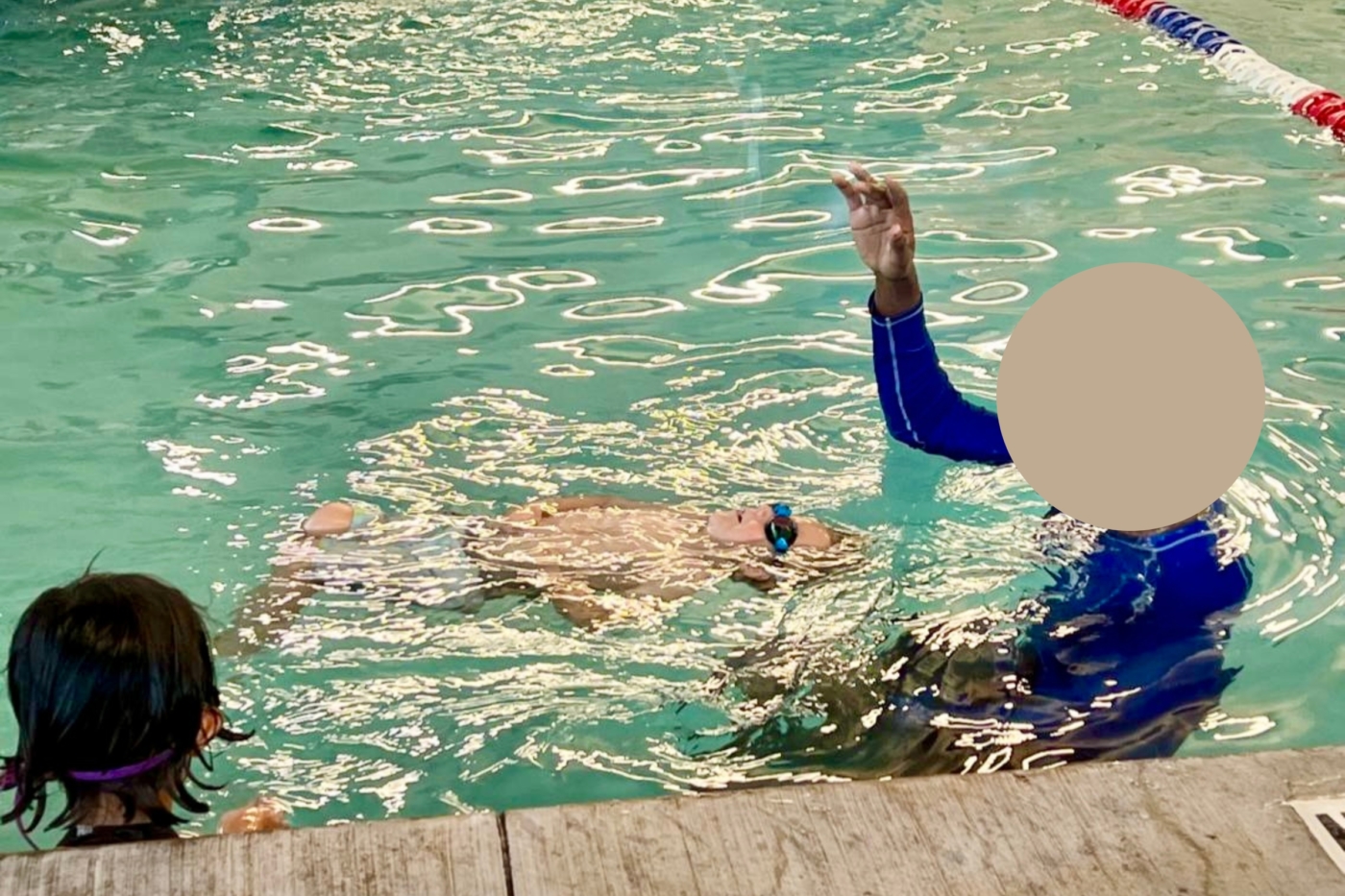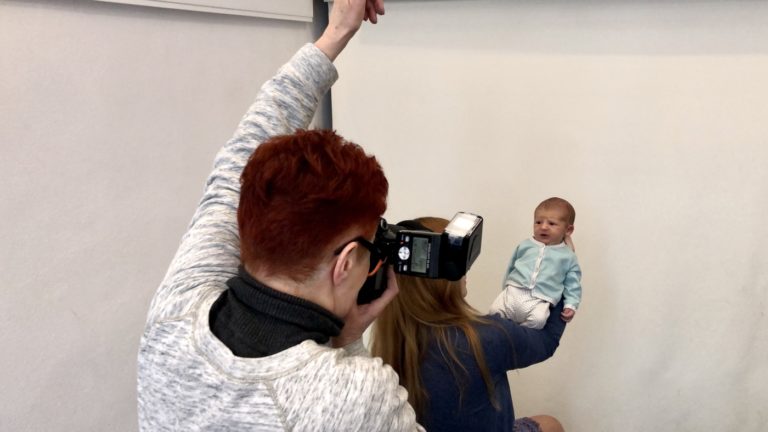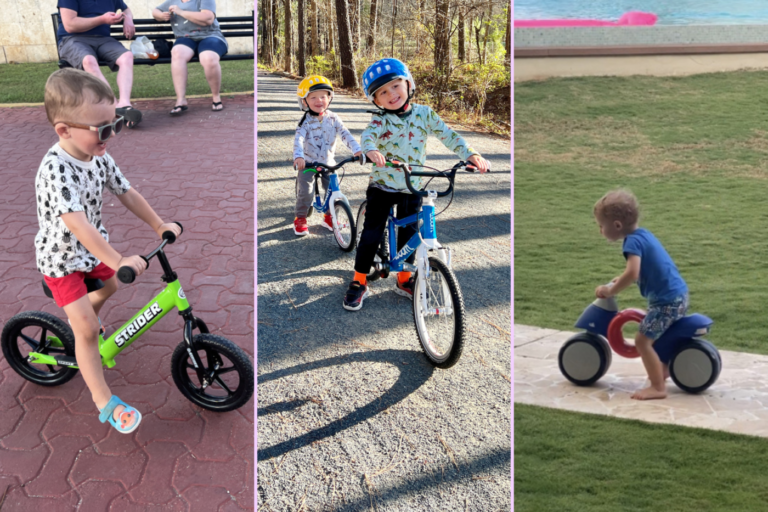ISR Swim Lessons: Crucial or Traumatic? Our Experience
Many new parents are often talked into looking into infant survival swim lessons. Over the past decade ISR became a status symbol – if you have the money and time, you proudly sign up your baby for the course.
They are specific classes focusing on self-rescue instruction for infants. Unsurprisingly, for those who live near the pool, or travel somewhere with pool, ability to self-rescue is a skill that can save a child’s life.
Are ISR swim classes beneficial?
ISR offers swim lessons starting as young as six months, the AAP is firm in its stance that lessons should wait until a child’s first birthday. There’s no evidence that swimming lessons before the age of one are beneficial (in fact, it’s statistically proven that kids forget any flipping skill learned before 12 months).
According to the AAP. “Infants younger than 1 year are developmentally unable to learn the complex movements, such as breathing, necessary to swim”.
With the first child, we thought that baby swim survival training (also known as ISR – Infant Swimming Resource) would be best. We were frequently traveling to places with pools and oceans, so the ability for our toddler to be able to stay safe seemed like a no-brainer.
We waited until my son was about 14 months. I saw plenty of videos online of babies and small toddlers self-rescuing themselves in the water by flipping over, so I thought that was best and safest for my child.
The truth is, I should have done more research on ISR and weighed all the pros and cons. I would have found out that there’s very limited evidence that these programs reduce drowning rates. Or that ISR really isn’t a thing outside of the US.
In fact, in Australia or the Netherlands (where kids learn to swim the fastest and 90% of kids know how to swim properly before they turn 5 years old) ISR methods aren’t really supported.
In theory, during ISR swim lessons children who are walking are taught to swim with their faces in the water, roll to a backfloat, rest, and breathe. After resting, the child flips over and continues swimming.
In reality, even if ISR involved teaching how to really swim the results wouldn’t be good. Why? Because kids under the age of 3 have no physical capabilities to perform strokes or kicks.
Not to mention, even these ISR glorifying articles claim that their kids had a great time floating on their backs around 1 year old, but resisted during a refresher course at 2.

Our Experience with ISR Classes
We started when our son was about 1 and I still think we made a mistake. ISR is NOT for everyone and it was a huge mistake for my child.
Little did I know that these classes can be traumatizing for parents and babies, as babies learn how to flip over and float on their backs when placed in the water face down.
For us, ISR was a huge mistake. After finding out about many other families who shared the same bad experience and speaking with multiple swim instructors afterward, I would never recommend ISR to anyone for numerous reasons.
Despite my second child being born by the pool and beach, we didn’t pursue any swim survival classes for him, because of what happened… let’s start from the beginning.
We were optimistic about ISR as our kid loved splashing in the water and enjoyed baths. When we brought him for the first class, he didn’t even hesitate to go with the instructor as he was used to doing things just with a teacher at daycare. This fact alone, going with just a teacher might be terrifying for some toddlers though).
The class was short, just 15 minutes per kid. The first part of the class was putting the baby’s face underwater or face down. Then, the second part of the class was basically the child jumping (or being forced to jump) into the water to float on their backs.
Our son cried inconsolably and hated these classes. Every time we came for a class we saw many parents saying they were not bringing their children back.
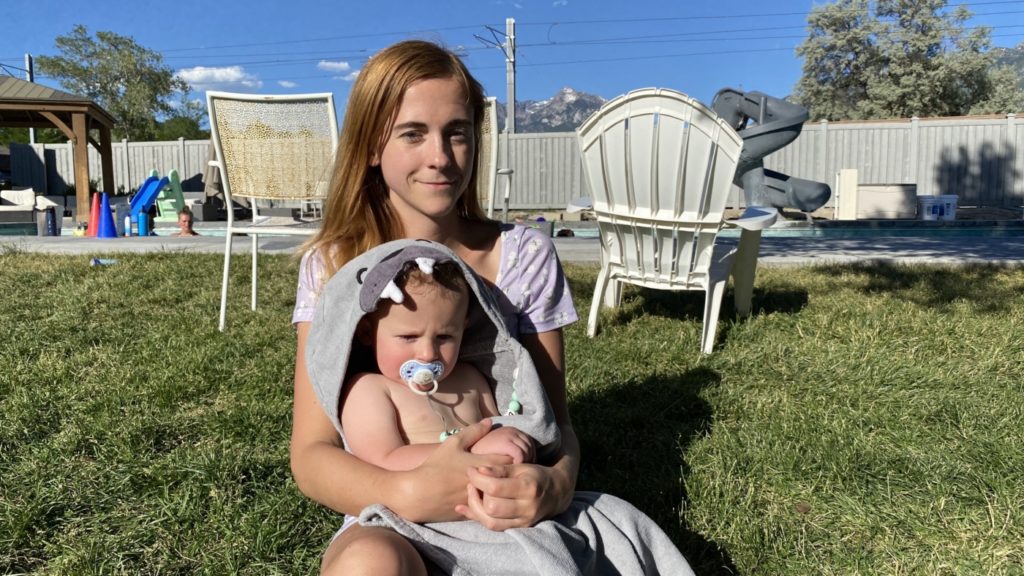
Every child we witnessed, without exception, cried. Many were throwing up during the class due to the amount of water drank.
After the third class my son was starting to run away and scream the second he realized we were driving to the pool. Even if we wanted to do a refresher course, I’m sure he would puke from stress by thinking about it.
One could think that he hated it because no one likes to be thrown into the water. We were told it’s normal, but I didn’t realize how much trauma that would bring to him.
We finished the ISR course and he was terrified of any pools or bodies of water. For almost a year it was even impossible to put him in a bathtub to the extent it took 2 people to wash him.
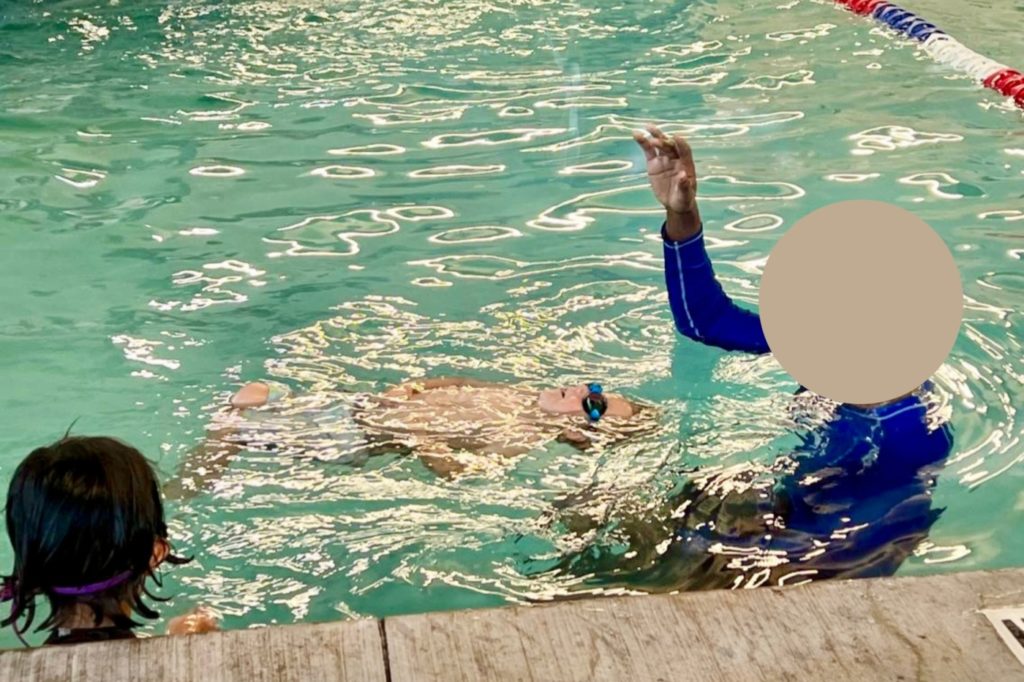
ISR vs Regular Swim Classes
After ISR, it was extremely hard to convince our son to go into any pool, sea, or bathtub. He had no idea why he was so afraid of being near the water, but it was clear – subconsciously he remembered being forced underwater.
We signed him up for regular classes at 3 years old exactly. His brother started swim classes at the same time, but at the age of 14 months.
Even though it was an absolute beginner’s class with elements of play time, our older son struggled way more than other kids who have never done ISR. He had a lot of trauma left from ISR swim classes, and it took him twice as long to progress and move up to the next level.
Meanwhile, his brother had zero issues and loved swim classes through playing pool games at first. Ironically, he learned how to safely float on his back in just half a year without getting traumatized.
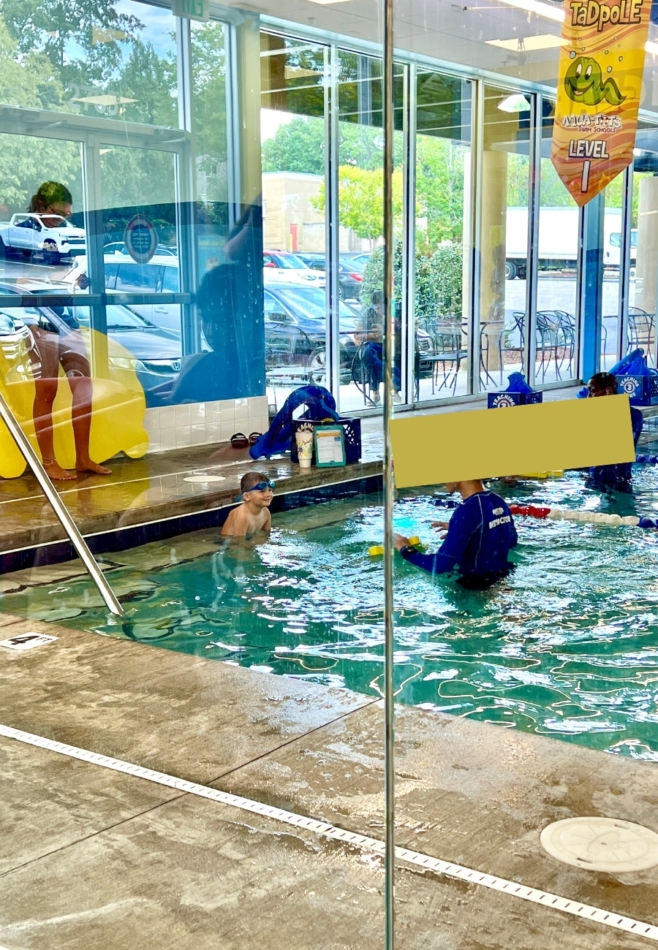
Why Regular Swim Classes Are Better than ISR?
We stuck with regular swim classes once or twice a week and after 1.5 years both kids were able to swim and do everything safely.
Not just roll over on their back, but use their arms and legs to thread water. They now know how to pop up to take a breath safely and get out of the pool by themselves.
The kids learned how to swim freestyle, do breaststroke, and backstroke, and dive underwater (with or without goggles). Overall, they learned much more beneficial skills that stuck with them.
In the long run, ISR swim lessons don’t truly stick. Hence why it’s recommended for kids to do a refresher course every couple of months. Lifeguards all over the world agree that most accidents and drownings happen because parents think their children can swim, but in reality, they cannot.
Year-round swim lessons are best for kids as they teach proper swimming skills. If the kids swim regularly, they won’t forget what they learned.

